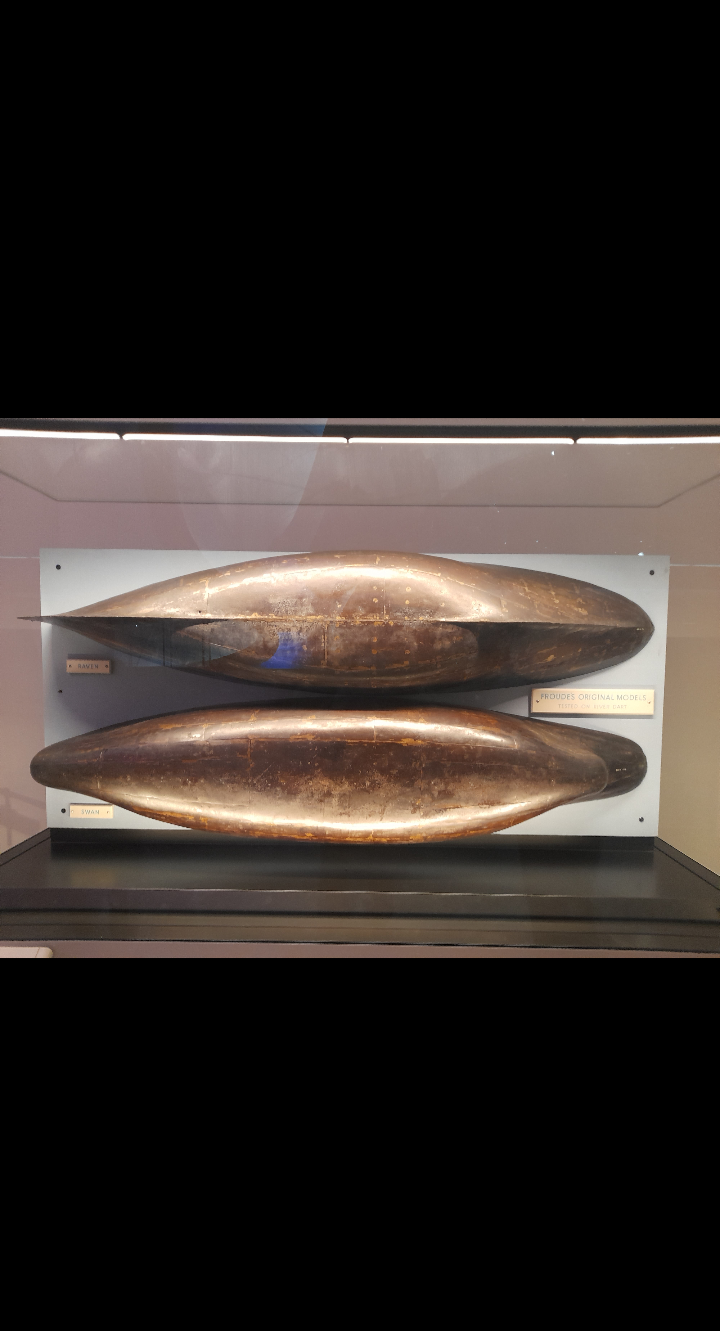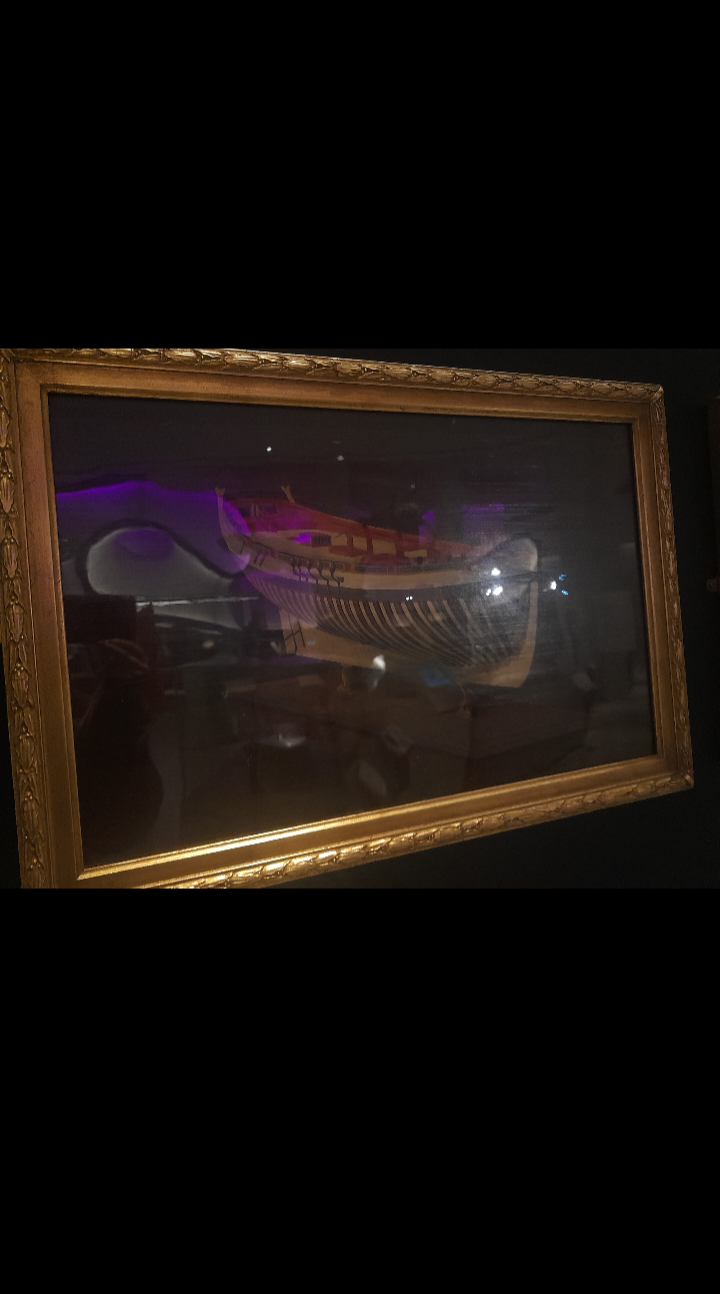The shape of ships
Author: Sarah Arzinière-Baffert
It's easy to forget the Hugo importance of the modern navigation nowadays. However, our life would be really different whithout oil, coal, iron ore, grain, fertilisers and metal containers full of consumer products.
Some of modern super ships are designed in order to reduce fuel consumption. Commercial success depends on keeping ship fuel costs down.
During the 19th century, the mathematician turned engineer called William Froude developped nouvel techniques, ways in order to design low-resistance ship. Indeed, he combined to concepts : mathematical theory, and pratical experiment.
Paintings by Joseph Marshall in 1755
This artist made a lot of paintings of ship models like these one. Moreover, each pair shows the boat like if it was in 3D.

Model oil tanker Globtik Tokyo in 1973
This boat was one of the of the new génération of ultra-large tankers made in order to transport 500 millions litres of oil from the Persian Gulf to Japan. Furthermore, this boat was the largest ship in the world when it was finished.
Moreover, we know that the global economy is based on the fact that ships are able to operate cheaply. In fact, the shape of the ship’s hull is really important in order to keep fuel costs down.


« Raven » and « Swan » hulls models in 1867
During the 1840’s, some mathematicians had worked about theoretical equations of water flow around ship hull's.
William Froude experimented with these scale model to analyse which one offered less resistance.
This man developed mathematical relationships showing how model behaviour scaled up to full-sized vessels.